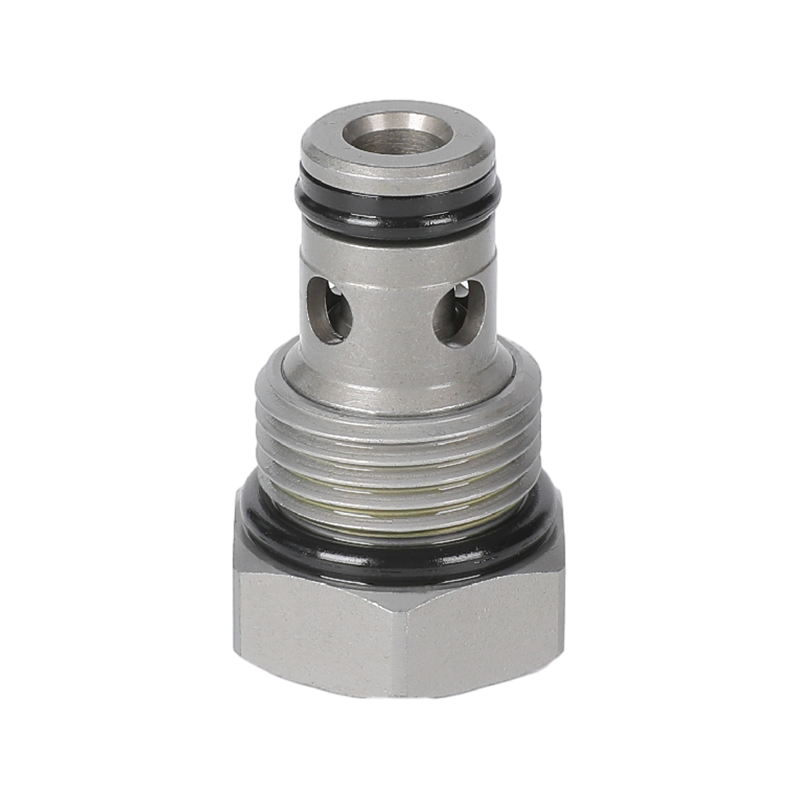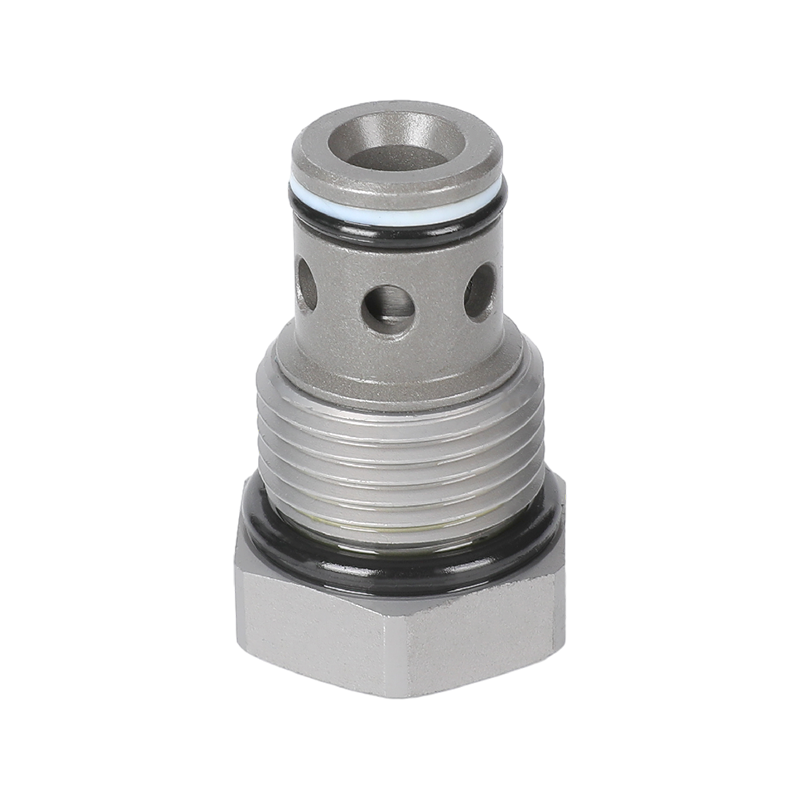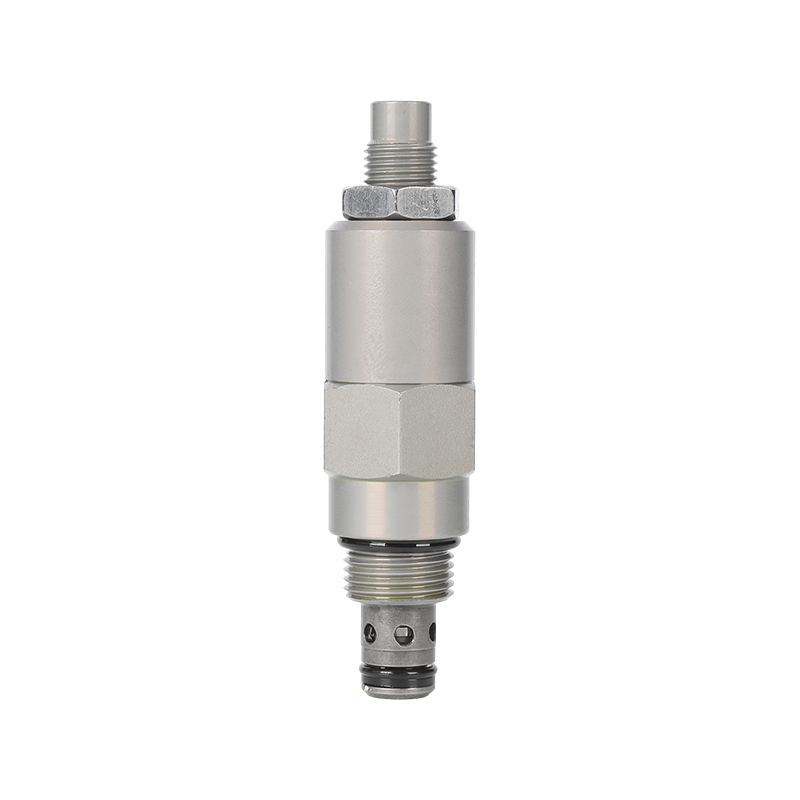Learn the Basics of Flow Control Valves and How They Improve Fluid System Efficiency
In today’s industrial and commercial fluid systems, flow control valves are key components that help ensure safety, efficiency, and performance. Whether it’s in gas pipelines, hydraulic systems, or PVC hose assemblies, flow control valves are essential for regulating the speed and volume of fluids and gases.
What Is a Flow Control Valve?
A flow control valve is a mechanical device that regulates the flow rate of liquids or gases in a piping or hose system. Unlike pressure control valves that manage pressure levels, flow control valves are specifically designed to manage how fast and how much fluid can pass through a system.
These valves are widely used in industries such as:
HVAC (heating, ventilation, and air conditioning)
Water treatment and irrigation
Oil and gas distribution
Pneumatic and hydraulic machinery
Chemical and pharmaceutical processing
By precisely managing flow, these valves help reduce energy waste, avoid system overload, and improve performance consistency.
How Do Flow Control Valves Work?
Flow control valves work by restricting or allowing fluid flow through a regulated opening. This can be adjusted manually (using knobs or levers) or automatically (through actuators or sensors).
Depending on the design, the valve may use:
Variable orifices: Adjust opening size to change flow rate
Throttle mechanisms: Control flow by restricting passage
Pressure-compensated mechanisms: Maintain constant flow despite pressure variations
For example, in a PVC gas hose system, a flow control valve ensures that the gas is delivered at a safe, steady rate, preventing leaks, surges, or inefficiencies.
Applications of Flow Control Valves
Flow control valves are used in a wide range of systems that require precise flow management:
Agricultural irrigation systems (e.g., sprinkler control)
Compressed air systems in factories
Hydraulic machinery for lifting and movement
Gas delivery systems, including LPG hoses and industrial gas hoses
Cooling and heating loops in HVAC equipment
If you're manufacturing or assembling PVC or rubber hose systems, using high-quality flow control valves helps boost your product's performance and reliability.
How to Choose the Right Flow Control Valve
When selecting a flow control valve, consider the following factors:
Type of fluid/gas (e.g., air, water, oil, gas)
Flow rate requirements in liters per minute (LPM) or gallons per minute (GPM)
Working pressure of the system
Connection type and size (e.g., threaded, barbed, or flanged)
Valve material – choose corrosion-resistant materials for chemical or outdoor use
Manual vs. automatic operation – automation may be ideal for modern systems
System compatibility – especially when integrated with PVC spiral hoses, gas pipes, or transparent tubing
Pro Tip: For gas hose applications, use flame-retardant materials and valves with leak-proof seals to ensure safety and compliance.

 English
English русский
русский
 ++86-0575-87669088
++86-0575-87669088


